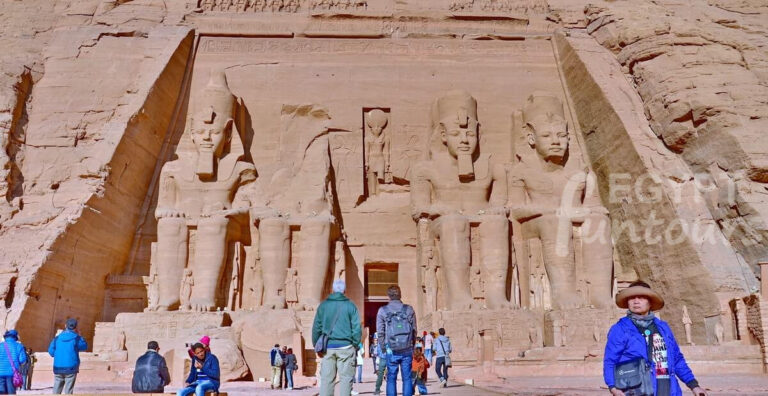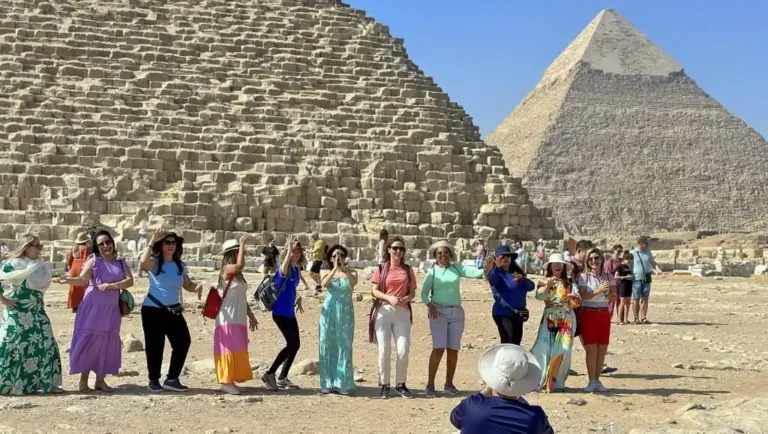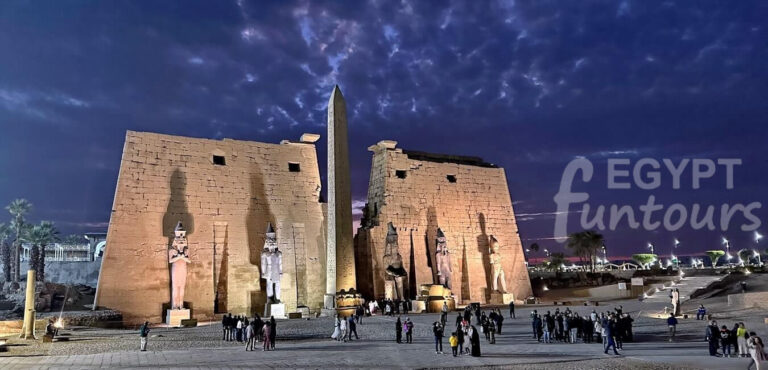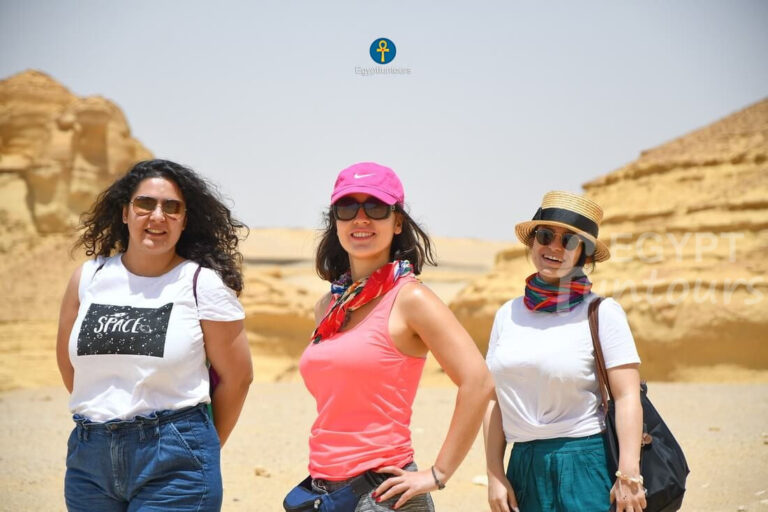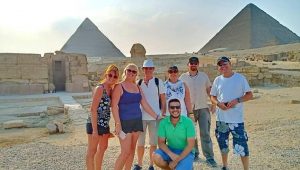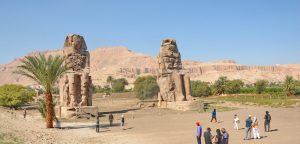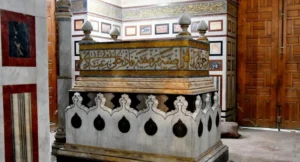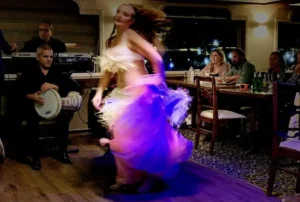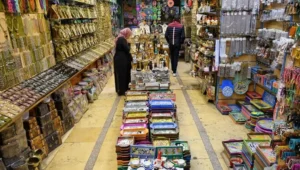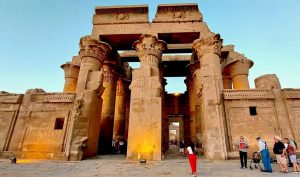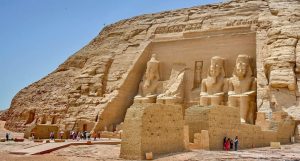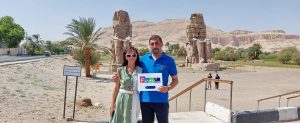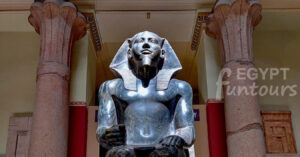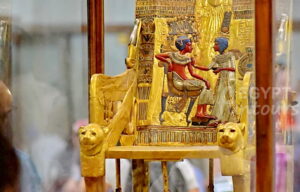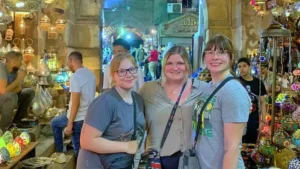The Vulture in Ancient Egypt
The vulture in ancient Egypt, particularly the Egyptian vulture (Neophron percnopterus), held a significant place in ancient Egyptian culture, mythology, and iconography. This report explores the diverse roles and symbolic meanings attributed to vultures in ancient Egypt.
The Vulture in Ancient Egypt: Nekhbet

The vulture held a uniquely powerful and multifaceted position in ancient Egyptian culture. Egyptians deeply associated these majestic birds with powerful goddesses, saw them as symbols of vital protection, and even believed they played a crucial role in the journey to the afterlife.
Association with Goddesses
Vultures associated closely with several prominent goddesses in ancient Egyptian mythology. Nekhbet, the revered vulture goddess, served as the patroness of Upper Egypt. Artists often depicted her as a vulture or as a woman adorned with an imposing vulture headdress. She powerfully symbolized protection, motherhood, and profound femininity, frequently spreading her immense wings over the pharaoh to offer divine safeguarding. Similarly, Mut, the great mother goddess of Thebes, and Isis, the formidable goddess of motherhood and magic, also wore vulture headdresses. These depictions strongly emphasized their roles in powerful protection and maternal care, aligning them with the vulture’s perceived nurturing qualities.
Symbol of Protection and Motherhood
In the intricate system of ancient Egyptian hieroglyphs, the vulture symbolized motherhood, protection, and profound love. This rich symbolism extended extensively into Egyptian art, where artists often depicted vultures with majestically outstretched wings, clearly signifying their inherent protective nature. These powerful images frequently appeared in temples and tombs, visually conveying safety and guardianship. Furthermore, artists often showed the vulture holding a shen ring, a powerful symbol of eternity, in its talons. This imagery further reinforced the bird’s connection to everlasting protection and the cyclical nature of existence, highlighting its role as a benevolent, maternal guardian.
Role in the Afterlife
Egyptians believed vultures guided the souls of the deceased to the afterlife, playing a crucial role in funerary rites and burial practices. Their presence at the fringes of life and death made them ideal candidates for this important spiritual task. This profound belief underscored their association with death and rebirth, as Egyptians saw the journey to the afterlife not as an end, but as a transformation and a continuation. Vultures, therefore, represented the natural cycle of life, death, and renewal, embodying the ancient Egyptian understanding of the cosmic order. They offered a sense of security for the departed’s journey, overseeing their passage into the next realm.
Purification and Transformation
Due to their scavenging behavior, Egyptians saw vultures as potent symbols of purification and transformation. They believed these birds cleansed and purified the land by consuming carrion, thus playing a vital, if often overlooked, role in maintaining the balance of nature. This natural process of clearing away the deceased represented a form of transformation, where death fueled new life and ensured the environment remained clean. Egyptians revered the vulture for this essential function, recognizing its contribution to the ecological and spiritual harmony of their world, turning decay into an act of renewal.
Cultural and Practical Significance
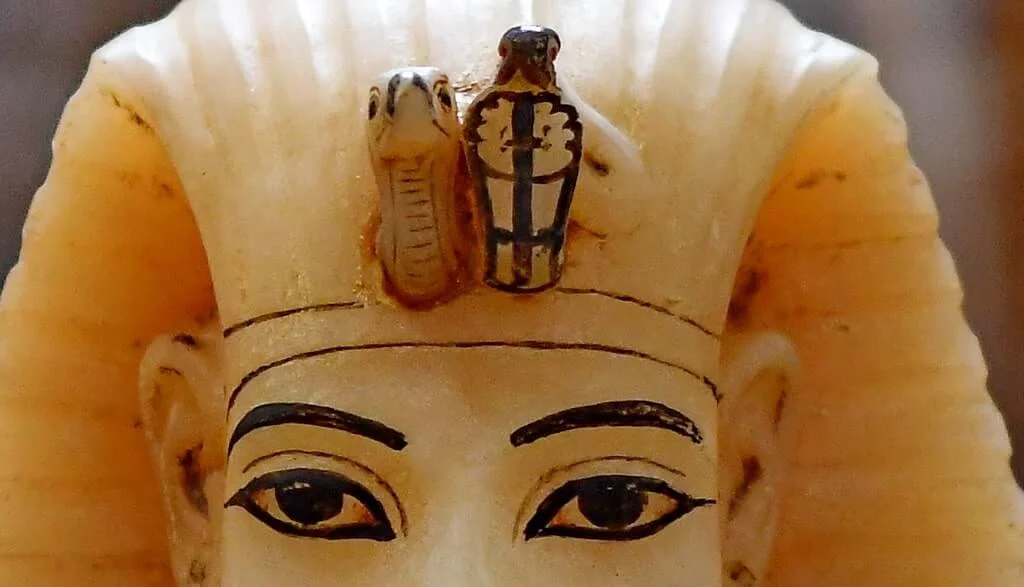
The Egyptian vulture held immense significance in ancient Egyptian culture. It embodied protection, motherhood, and the cycle of life and death. Its strong association with prominent goddesses and its crucial role in funerary practices highlight its importance in both mythology and daily life. Even with modern threats to its survival, the vulture’s legacy as a revered and sacred bird in ancient Egypt endures.
Sacred Animals and Hieroglyphs
Ancient Egyptians considered the Egyptian vulture sacred, and they immortalized it in their hieroglyphic alphabet as the letter ‘A’. They strongly linked the bird to purity and motherhood, holding it in high regard as a sacred animal dedicated to the mother goddess Isis and the powerful deity Nekhbet. This deep veneration stemmed from their observations of its majestic presence and its role in the natural world, solidifying its place as a divine emblem within their spiritual framework.
Depictions in Art and Temples
Vultures featured prominently in ancient Egyptian art. They also appeared in temple decorations. For example, the Temple of Esna contains vibrant depictions of vulture-like goddesses. These images highlight their protective and divine roles. These intricate artistic representations showcased the bird’s importance. They conveyed spiritual messages. They also immortalized divine figures. Additionally, Nekhbet’s priestesses wore garments made of white vulture feathers. This further emphasized the bird’s sacred status. It showed its direct connection to the divine realm through ritualistic dress and ceremonial practices.
Practical Observations
Ancient Egyptians observed female vultures’ excellent motherly instincts. This greatly contributed to their association with maternal care. Vultures could appear terrifying while feeding. Yet, Egyptians revered them. They saw their essential role in the natural cycle of life and death. Egyptians understood these birds performed a vital ecosystem function. They saw scavenging as purification, not decay. This cemented their respected position in nature’s balance.
Modern Conservation Efforts
Today, conservationists list the Egyptian vulture as “Endangered” due to significant threats. These include poisoning, widespread habitat destruction, and dangerous collisions with power lines. Dedicated conservation efforts are ongoing to protect this culturally significant bird, which unfortunately continues to face a concerning population decline. These initiatives aim to preserve the species, ensuring that this ancient symbol of Egypt survives for future generations, continuing its powerful legacy in the natural world.
A fantastic group of knowledgeable tour guides from Egypt Fun Tours is there to answer any questions you may have about the history of ancient Egypt and to share fascinating tales from the Pharaohs’ reign.



